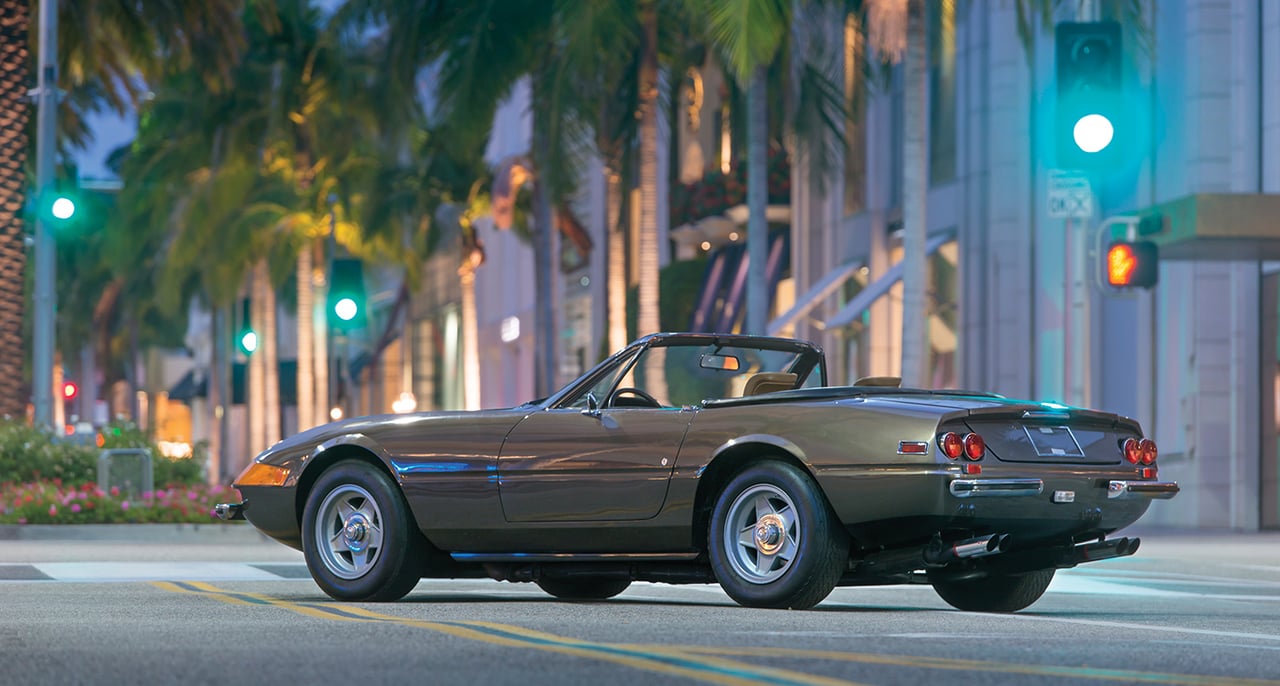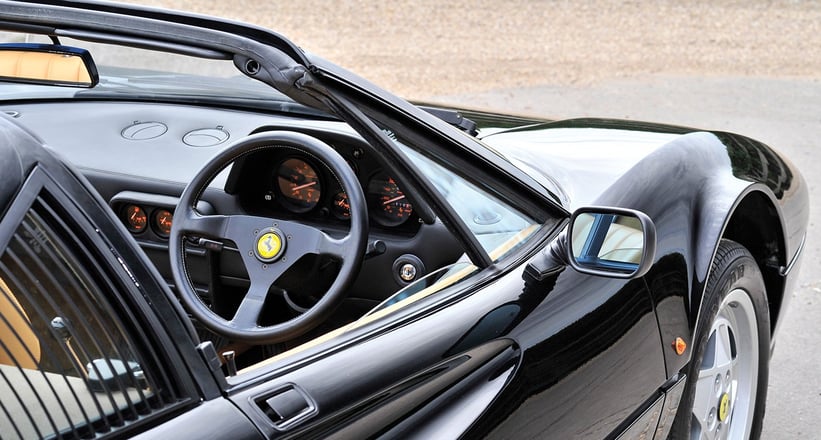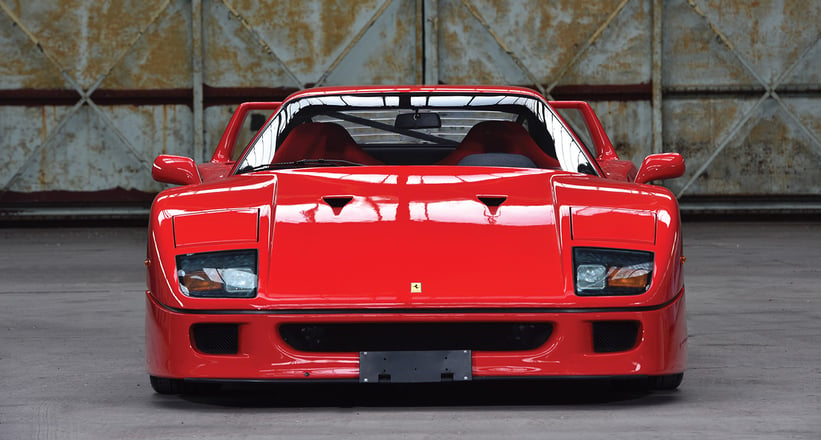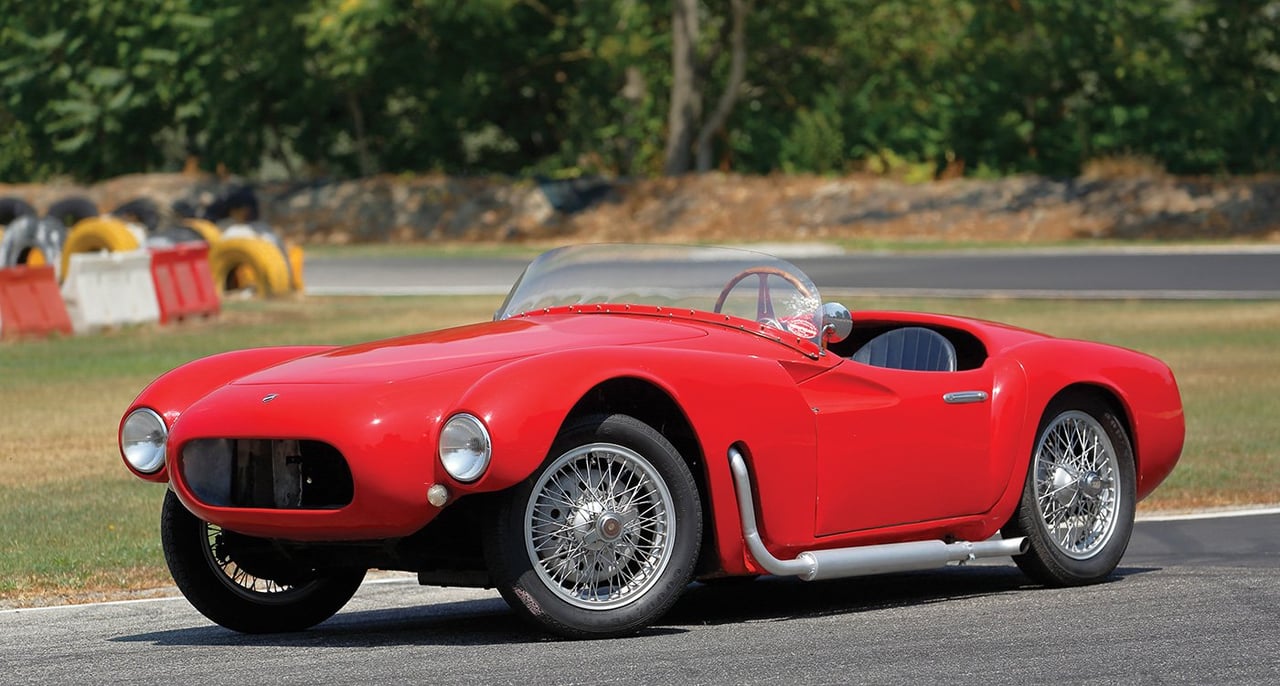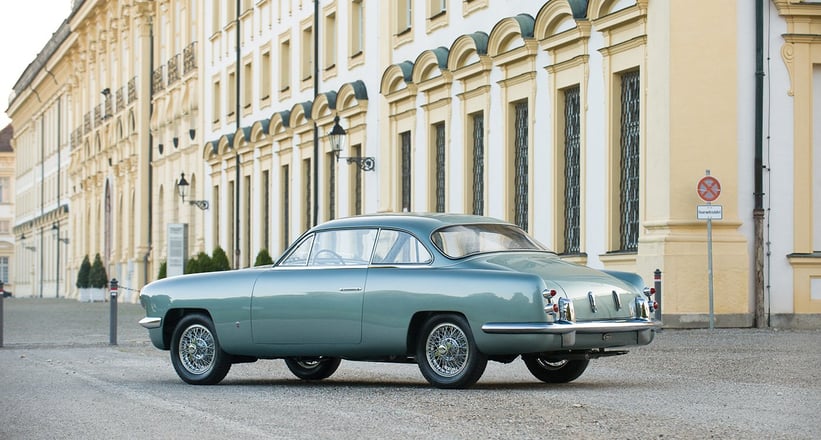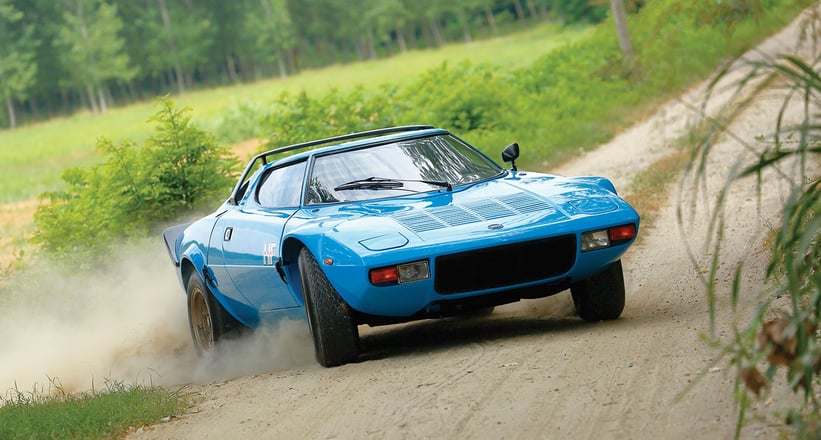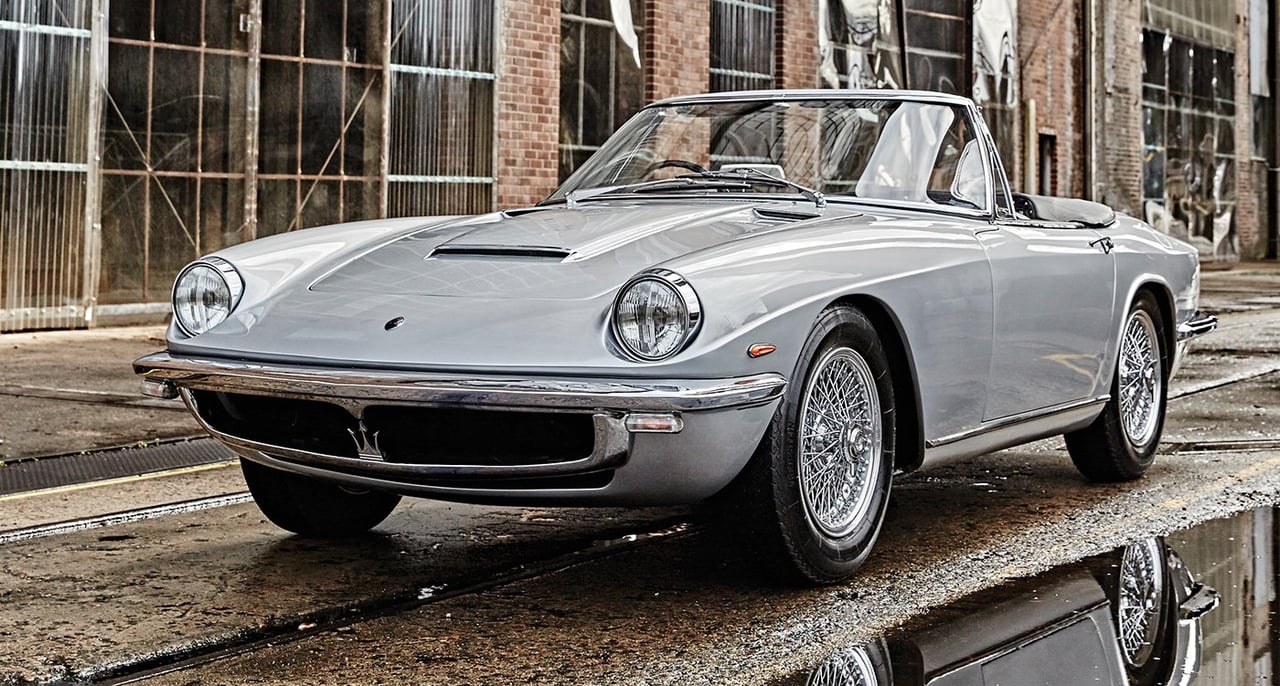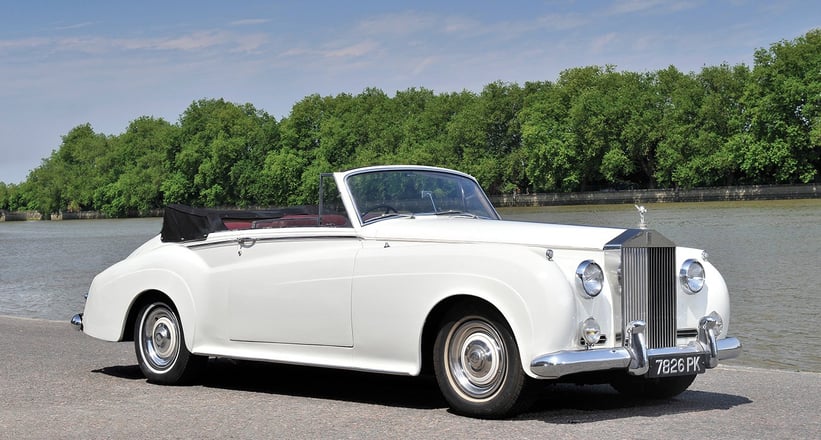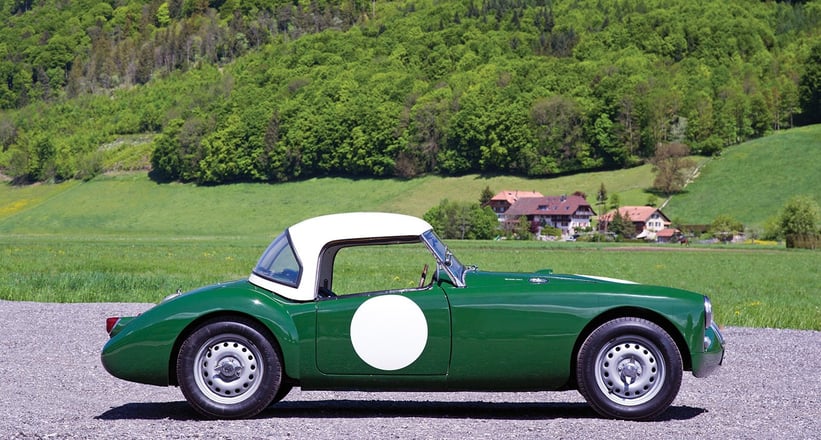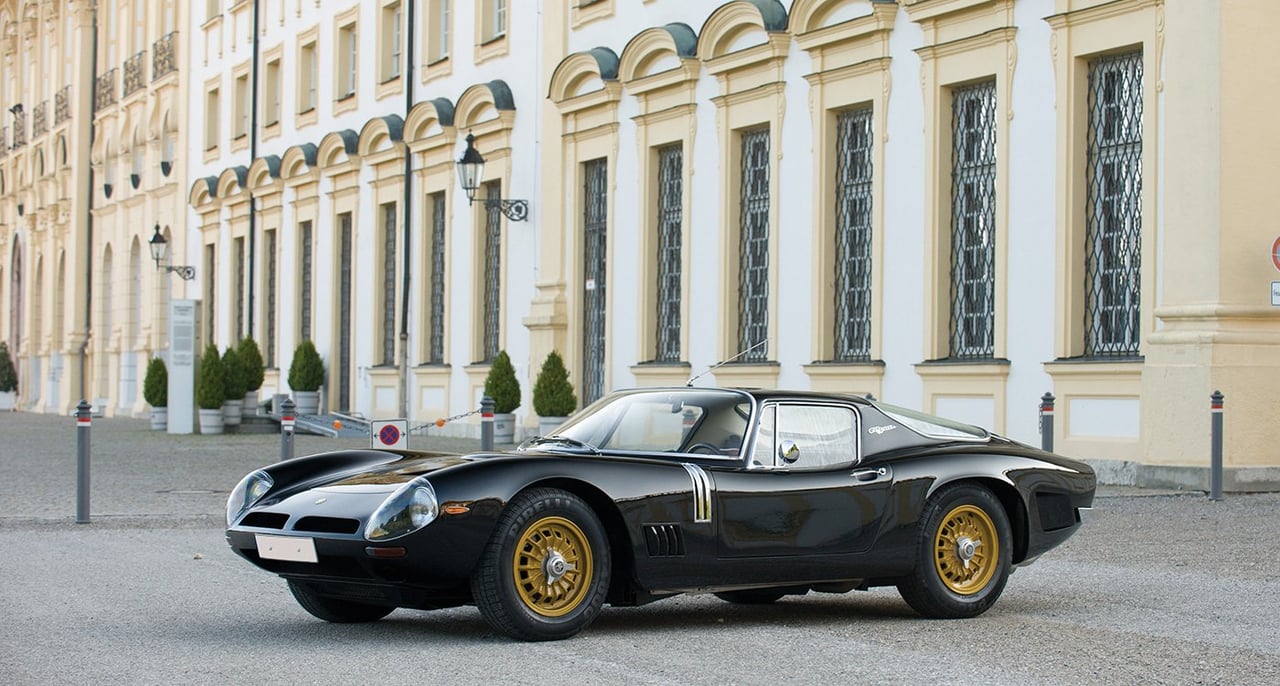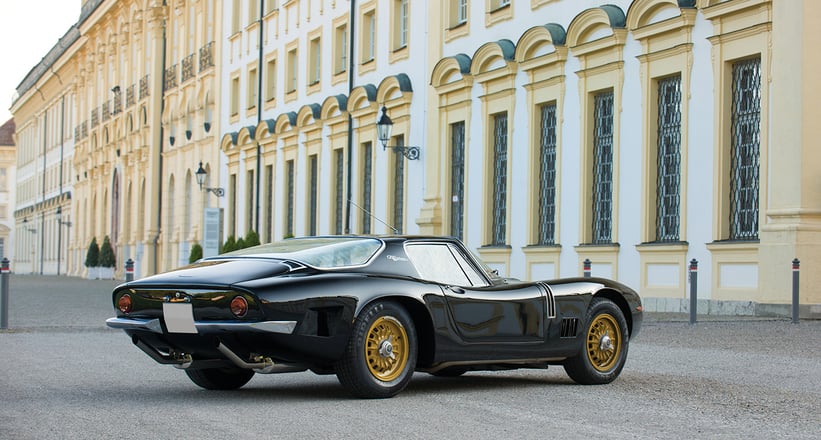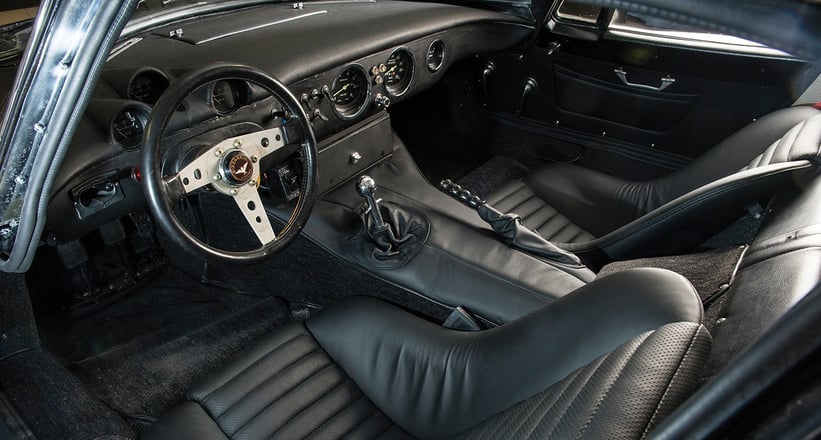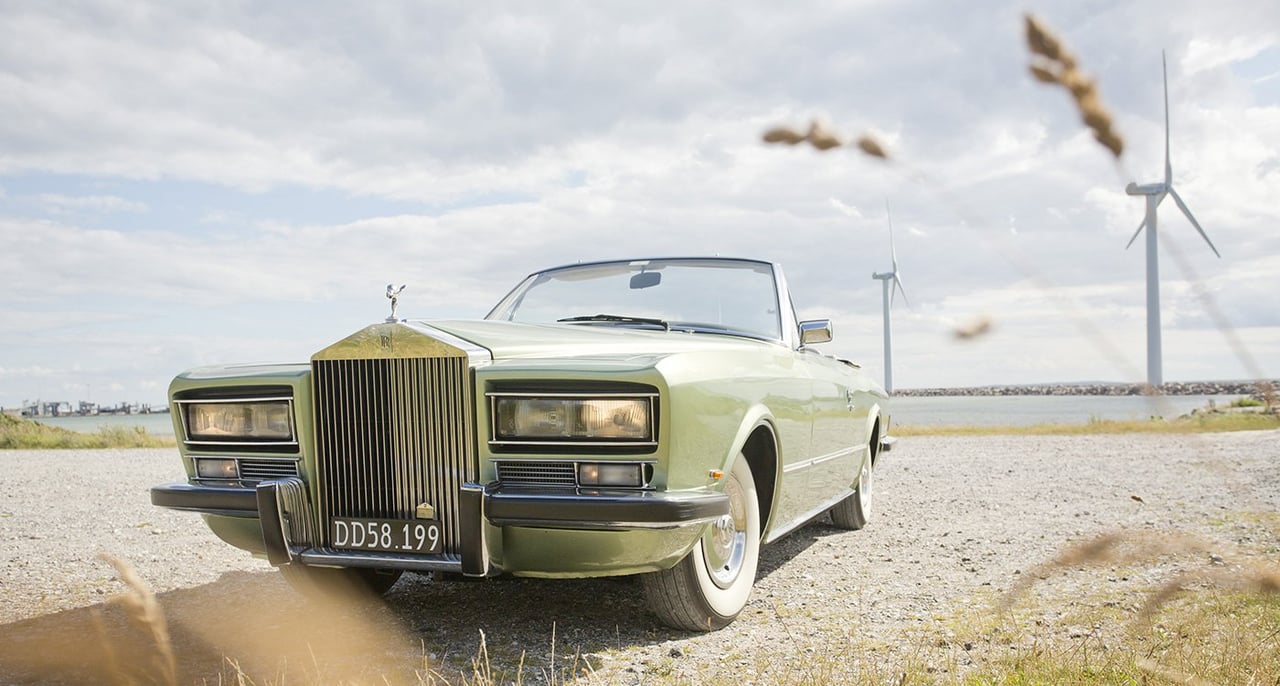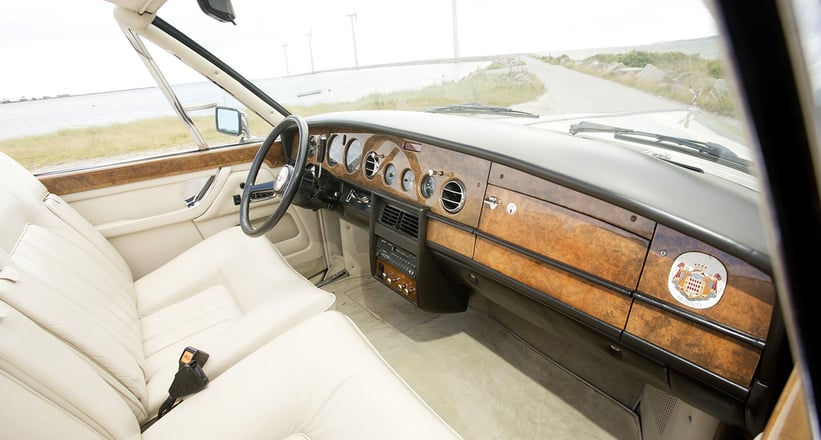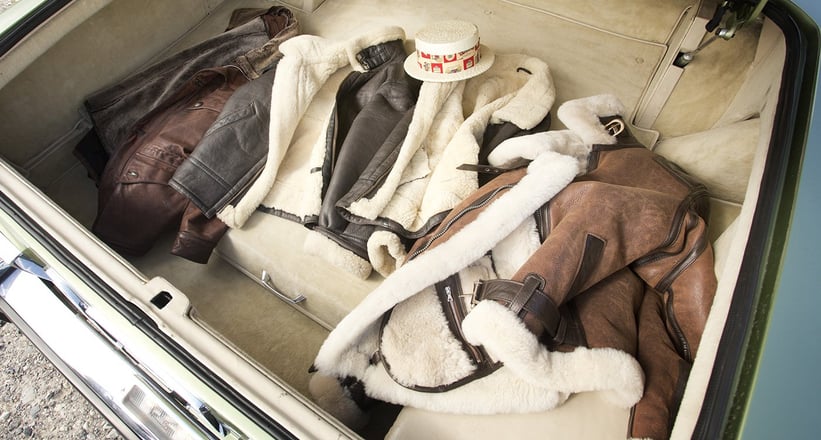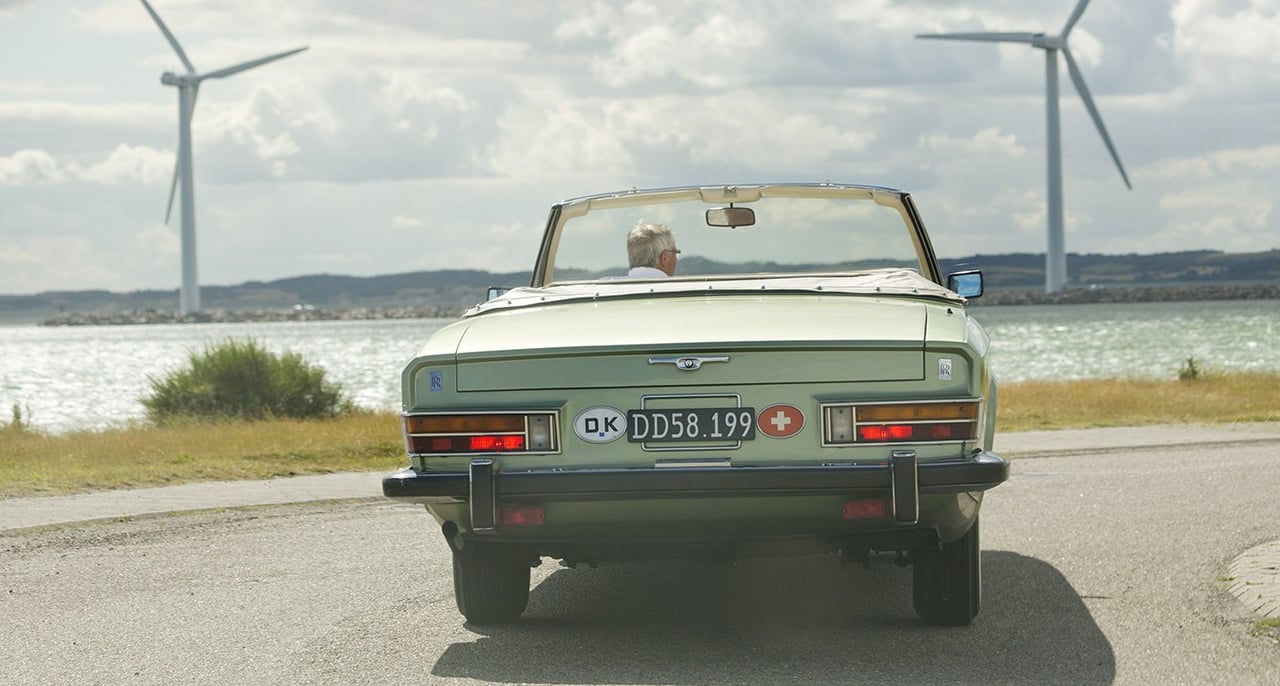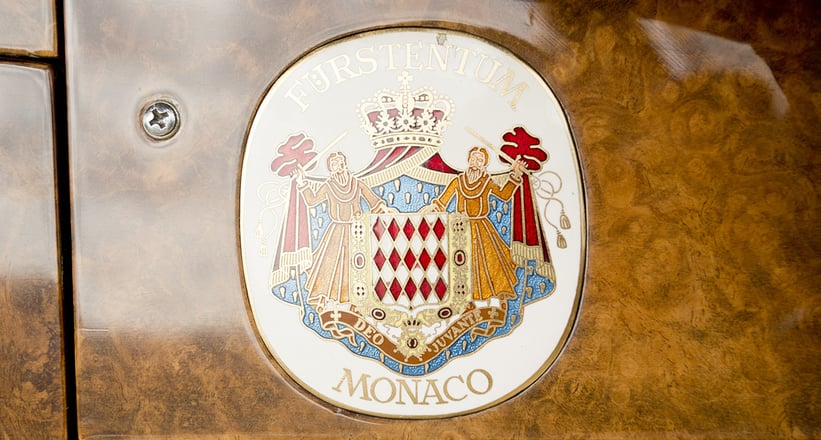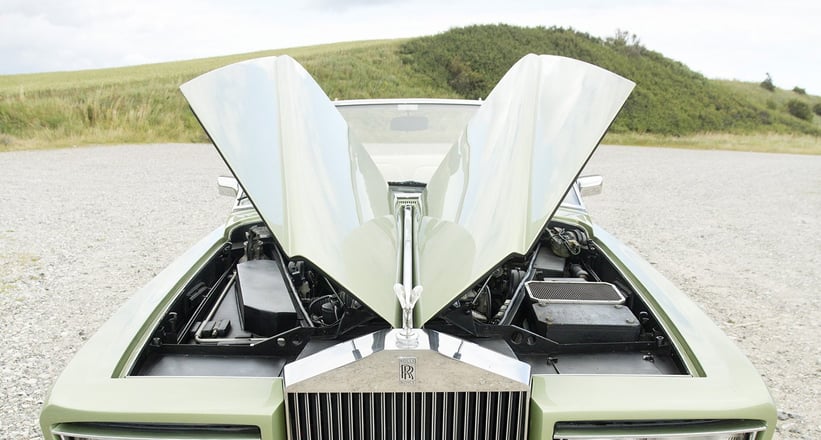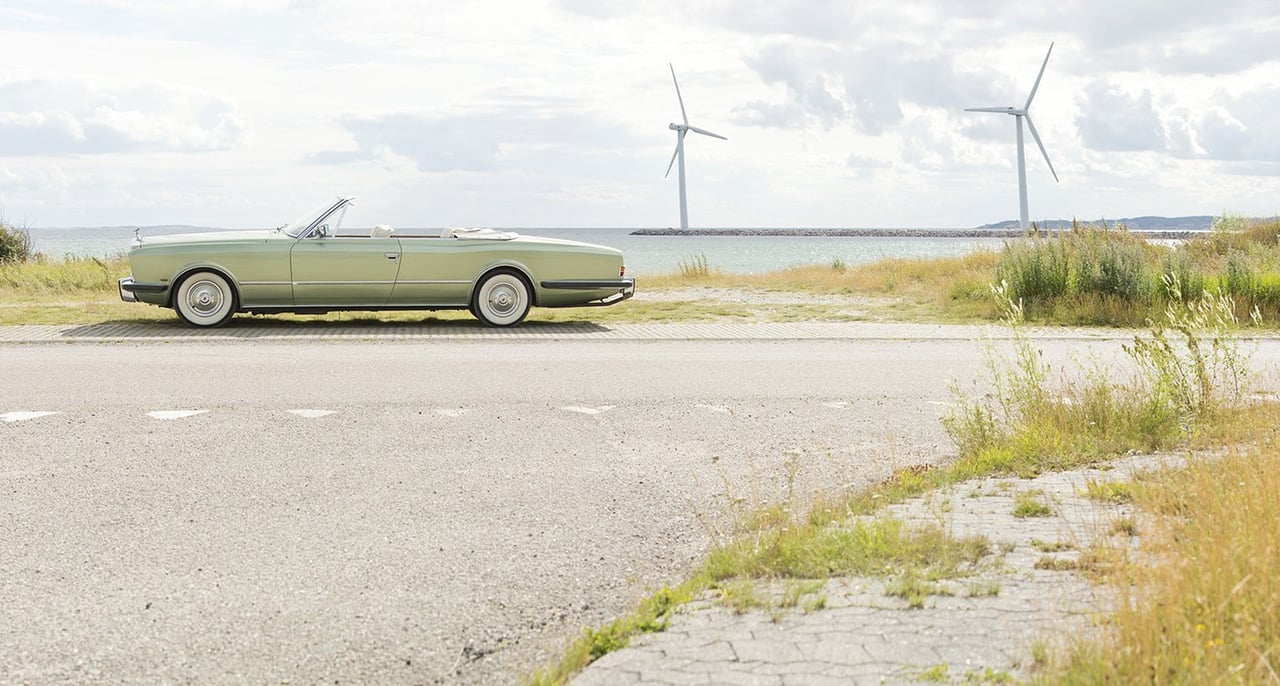Coen Wubbles of Landcruising Adventure walks us through the finer points of rooftop sleeping.
One of our important purchases before setting off in 2003 was a roof top tent. We had seen images of it and it looked like the perfect bedroom for our home on wheels. So, we headed to several stores and compared Eezi Awns, Howling Moons, Hannibals and a couple of others.
All were canvas roof tents, like you see in the picture above. We had never heard of hard-shell roof tents, or the nowadays-popular integrated version. We learned about their existence when meeting other overlanders (on the road or at the annual Overland Reunion in the Netherlands). Below you’ll find info we gathered on pros and cons of the different types, what they have in common and what makes them unique.
As I climbed in one roof top tent after the other, in stores featuring all kinds fancy off-road stuff and camping gear, I concluded that the differences among the canvas versions weren’t big. We didn’t particularly favor one over the other. Prices were all in the same range – incredibly high – so money wasn’t a deciding factor either.
Well, actually, it was. The reason to buy an Eezi Awn was because we didn’t carry a bag with gold and were offered a new tent for a very good price from an overlander who had shipped a couple of them with his vehicle in a container from South Africa (where the Eezi Awn roof tent is produced) after a six-month road trip. Check out some good alternatives like the ARB Series III, Sand Rooftop Tent or the Tuff Stuff Roof Top Camping Tent with annex changing room. Also sporting an annex are the Pak-Meister BaseCamp Roof Top Tent and the Camco Roof Top Tent.
Types of Roof Top Tents
Roof tents are also called roof top tents or car top tents. They can be divided into three main groups:
•Canvas tents that open in a clamshell-like manner. Well known brands are Eezi-Awn (top picture) and Howling Moon.
•Hard shell rooftop tents that also serve as the car’s roof, like Columbus and Maggiolina. It works on a system of internal gas rams and is therefore put up and taken down even faster.
•A combi of the two: a canvas tent but one that is integrated in the roof of the car. It pops open on one side (generally the back), giving you a place to stand up straight in your Land Cruiser or similar-sized vehicle.
What these tents have in common:
•The mattress, blankets and pillows can be stored inside the tent when folded up, which saves a lot of space in the vehicle.
•Sleeping high off the ground in a tent with mosquito netting on all sides allows for maximum ventilation, creating maximum comfort in sultry regions – or at least less uncomfortable nights than when sleeping inside the car or in a tent on the ground.
•Roof top tents can be a bit of a problem in the southern triangle of South America (Patagonia) where there is often too much wind for a roof tent. It has led to many sleepless nights, and we often slept inside the Land Cruiser instead.
Disadvantages of Roof Top Tents
Whereas prices of regular tents vary greatly and are within the reach of the lowest-budget traveler up to the most extravagant traveler who wants to camp in comfort, the cheapest (canvas) roof top tent starts at 1700 US dollars, although I understand that they are cheaper in South Africa.
To get the integrated-roof version, you will have to shop around to get the job done for a reasonable price. We never have so I can’t share any experience on the subject. (Maybe other travelers want to chime in here? Feel free to share your experiences below in the comments).
Another issue is weight (depending on material and size – our roof top tent weighs around fifty kilos). Therefore, as many overlanders will carry more on the roof than just a tent, your vehicle needs a strong roof rack. As we learned quickly in the journey, having too much weight to the roof caused window stiles to break, or the Land Cruiser to sway more easily on rough tracks.
Our Experiences With Our Eezi-Awn Roof Tent
What we like about it:
•The comfort, the breeze.
•When camping for a longer period of time I don’t have to clean up the mess inside the vehicle each day because I need to make the bed.
•The chances of ants, scorpions, snakes or other creepy-crawlers entering the tent are zero (this compared to a tent on the ground).
•It’s a great spot for viewing wildlife. We especially experienced this in the wetlands of the Pantanal where we would wake up for sunrise and watch all the birds and other animals approach the water for breakfast and a bath from a much closer range than had we sat outside.
What we don’t like about it:
•We were not impressed with the durability of the mattress (replaced in Vietnam after 3 years with one that’s still fine 8 years later, see below).
•The mosquito netting doesn’t properly close in corners (we stuff them with old T–shirts).
•Serious leakage problems after 4 years.
We really love sleeping in the roof tent but we are not so sure about the price-quality Improvements on the Roof Tent.
Improvements on the Roof Tent
As were preparing our farewell party in the Netherlands, I told Coen I wanted to have the roof tent up to show it to people. Fortunately so, because only then (one week before departure) we discovered that the ladder was too short! Because of the extra 25-centimeter aluminum layer to heighten the Land Cruiser’s roof, the ladder was insufficient. A neighbor of mine welded an extension, which has worked perfectly.
The outer layer of the tent, the part that covers the entrances on both sides, tends to curl up. This is a problem in case of slanting rain, which then enters the tent. I glued velcro
on the wooden sidebar of the floor and sewed Velcro on that layer. Problem solved.
We emailed Eezi Awn when the leaking problems started, which couldn’t be solved with any first-quality impregnation liquid I bought in the Netherlands. We have to admit: they do know about after-sales service. They sent impregnation liquid to South America twice, free of charge, even though by then we had used the tent for more than four years. The waterproofing liquid helped for a while but nowadays the tent is a good–weather option only.
Three years after our departure we were in Vietnam and the mattress needed to be replaced. The region is known for their rubber plantations in we found a tiny shop that sold pure latex mattresses for a reasonable price. They might be a bit heavier than the original, but boy did this enhance our sleeping experience.
One last tip: When the weather is hot, we bring the small oscillating fan which normally hangs above the driver’s seat, to the tent. With an extension cord this works perfectly.

